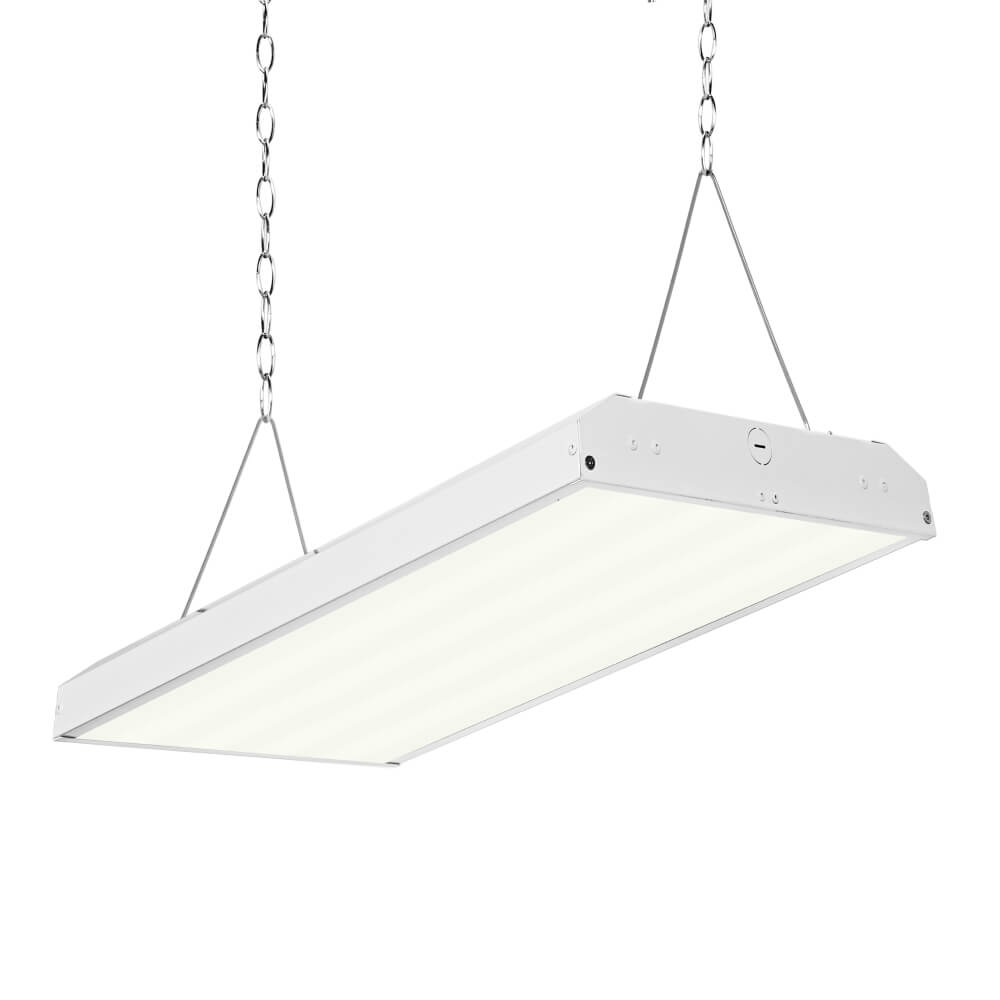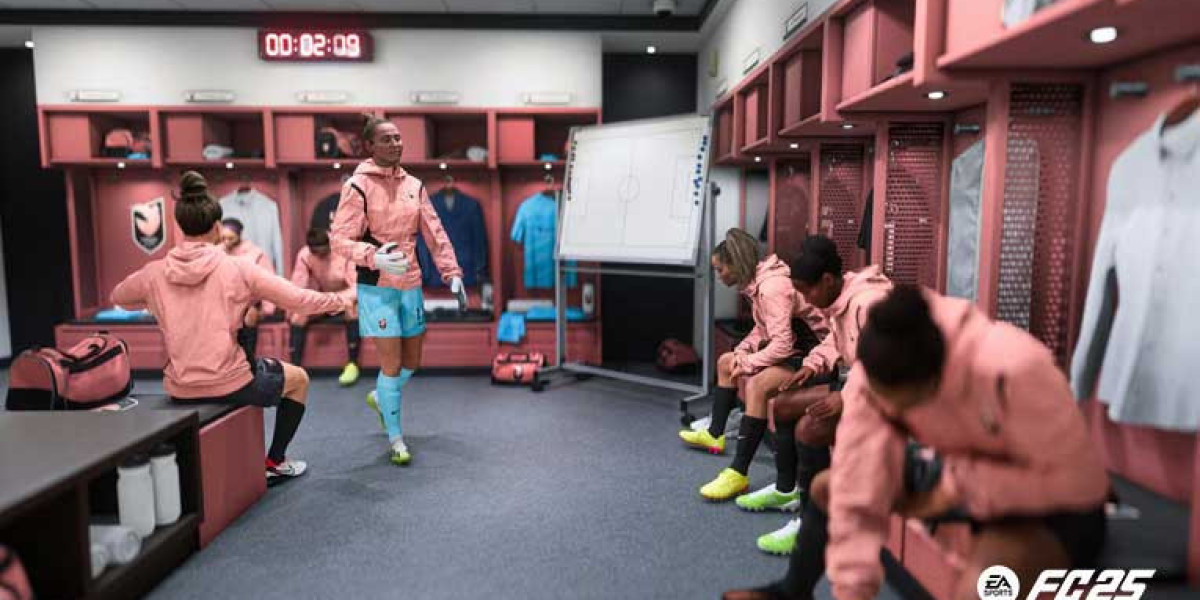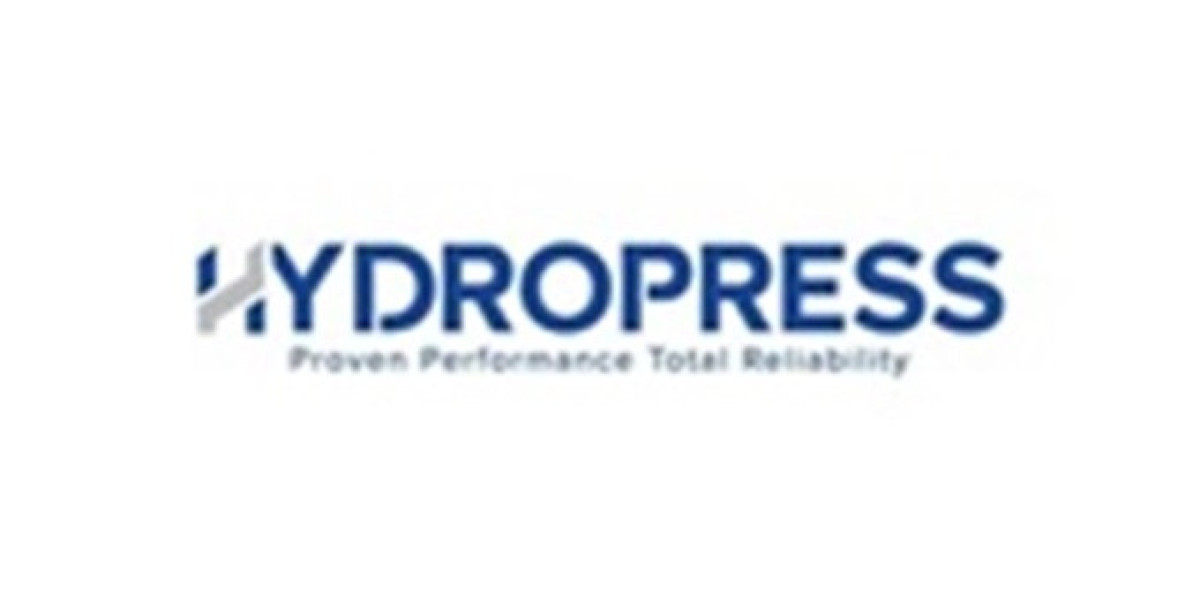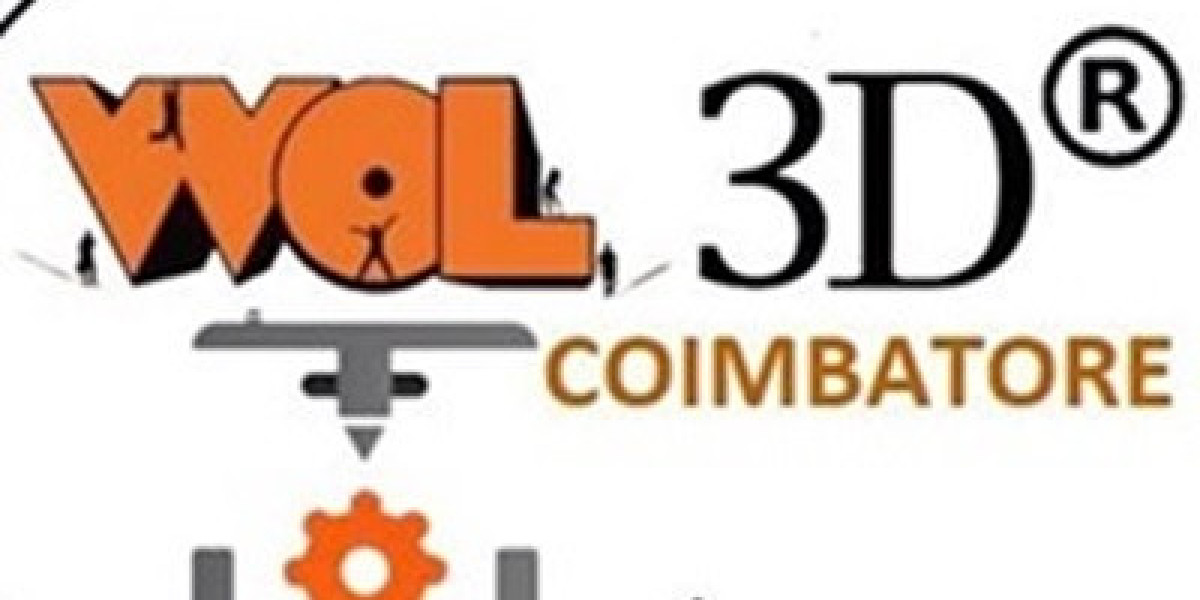Illuminate Your Workshop: Discover the Ultimate LED High Bay Lights You'll Love!
Proper lighting in a workshop is not just a matter of aesthetics; it's crucial for safety and efficiency. In a workspace where tools are in constant use, having the right illumination can prevent accidents and enhance productivity. This is where LED high bay lights come into play. Their energy efficiency, longevity, and superior illumination make them an ideal choice for workshop settings. Unlike traditional lighting options, LED high bay lights provide a brighter and more consistent light, ensuring that every corner of your workshop is well-lit. In this article, we will explore various LED high bay light options available in the market, helping you make an informed decision for your workshop lighting needs.

Understanding LED High Bay Lights
LED high bay lights are specialized lighting fixtures designed for high ceilings, typically found in industrial or commercial spaces such as warehouses and workshops. These lights are engineered to illuminate large areas effectively, providing uniform brightness to enhance visibility. The technology behind LED lighting differs significantly from traditional incandescent or fluorescent lights, as LEDs produce light via a semiconductor rather than through heat. This results in less energy consumption and minimal heat generation. The ability to provide high lumen output with lower wattage makes LED high bay lights a popular choice for workshops, ensuring that you get the most out of your lighting while keeping energy costs down.
Key Features to Consider When Choosing LED High Bay Lights
When selecting LED high bay lights for your workshop, several essential features should be considered to ensure optimal lighting quality. First, lumen output is a crucial factor—this measurement indicates the total amount of visible light emitted by a source. Higher lumen output is generally necessary for larger workshops. Next, consider the color temperature, which is measured in Kelvin (K). A cooler temperature (above 4000K) is often preferred for workshops as it mimics daylight, enhancing visibility and reducing eye strain. Additionally, the beam angle affects how widespread the light is distributed; a wider beam angle is ideal for expansive spaces. Finally, energy efficiency ratings, such as the Energy Star certification, can guide you in choosing lights that will save on electricity bills while reducing your carbon footprint.
Advantages of Using LED High Bay Lights in Workshops
One of the most significant advantages of using LED high bay lights in workshops is the cost savings they provide on electricity bills. LEDs consume significantly less energy than traditional lighting options, translating to lower operational costs. Moreover, the longevity of LED lights means reduced maintenance needs—most LED high bay lights can last up to 50,000 hours or more, minimizing the frequency of replacements. Environmentally, switching to LED lights contributes to a lower carbon footprint, making them a responsible choice. Beyond financial benefits, LED lights also enhance productivity and safety in workshop settings. The bright, clear light reduces shadows and improves visibility, allowing workers to perform tasks more efficiently while minimizing the risk of accidents.
Installation and Maintenance Tips
Installing LED high bay lights requires careful consideration of several factors to ensure optimal performance. First, evaluate the height of your workshop ceiling—generally, fixtures should be installed between 12 to 20 feet high. The spacing between lights is also critical; a common guideline is to space lights approximately 1 to 1.5 times the height of the fixture to ensure even illumination. As for maintenance, while LED lights require less frequent replacements, it’s important to regularly check for dust and debris that could obstruct light output. Cleaning the fixtures with a soft cloth and mild detergent can help maintain their brightness and longevity. Additionally, consider scheduling periodic checks to ensure all lights are functioning correctly and replace any that show signs of malfunction.
Common Mistakes to Avoid When Choosing and Using LED High Bay Lights
Choosing the right LED high bay lights can be challenging, and there are common mistakes that can lead to suboptimal outcomes. One frequent error is underestimating the brightness needs of the workshop; failing to calculate the required lumen output can result in inadequate lighting. Another common oversight is neglecting the workshop layout—different areas may require varying levels of illumination based on their specific tasks. Lastly, overlooking energy efficiency options can lead to higher costs in the long run. To avoid these pitfalls, take time to assess your workshop's lighting requirements, consider the tasks performed in each area, and prioritize energy-efficient models that fit within your budget. Consulting with a lighting specialist can also provide valuable insights tailored to your specific needs.
Final Thoughts on Optimal Workshop Illumination
In conclusion, selecting the right LED high bay lights is essential for achieving optimal illumination in your workshop. By understanding the technology behind these lights, considering key features, and being aware of installation and maintenance practices, you can enhance both the safety and efficiency of your workspace. Remember to avoid common mistakes and take the time to evaluate your specific lighting needs. By doing so, you’ll ensure that your workshop is well-lit, productive, and conducive to success.








